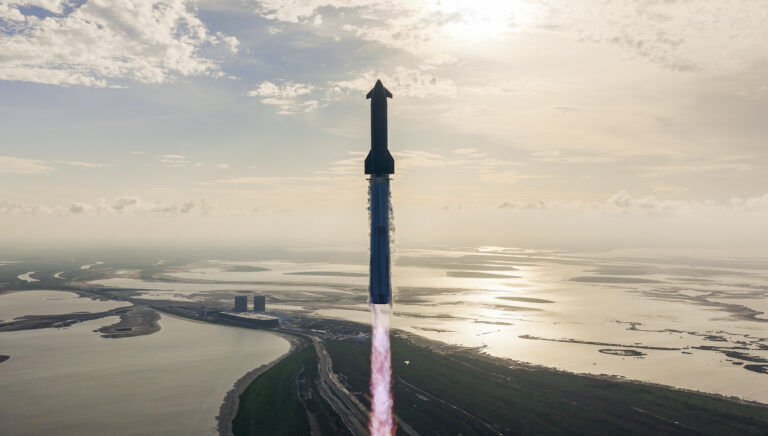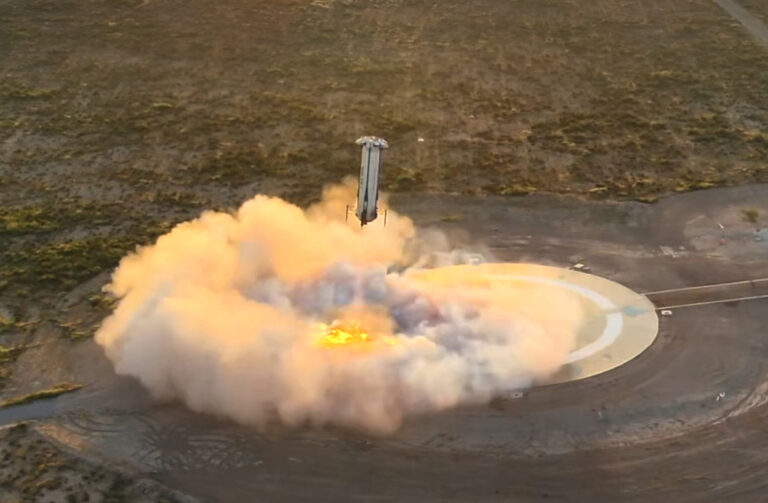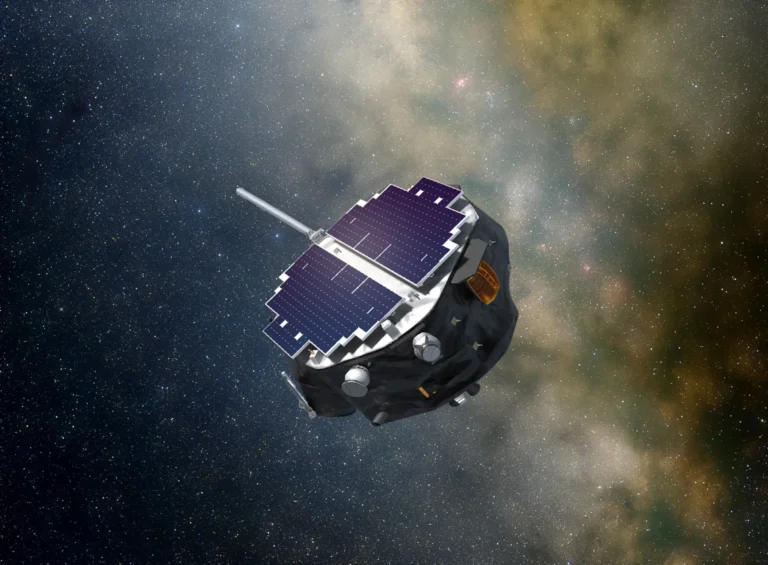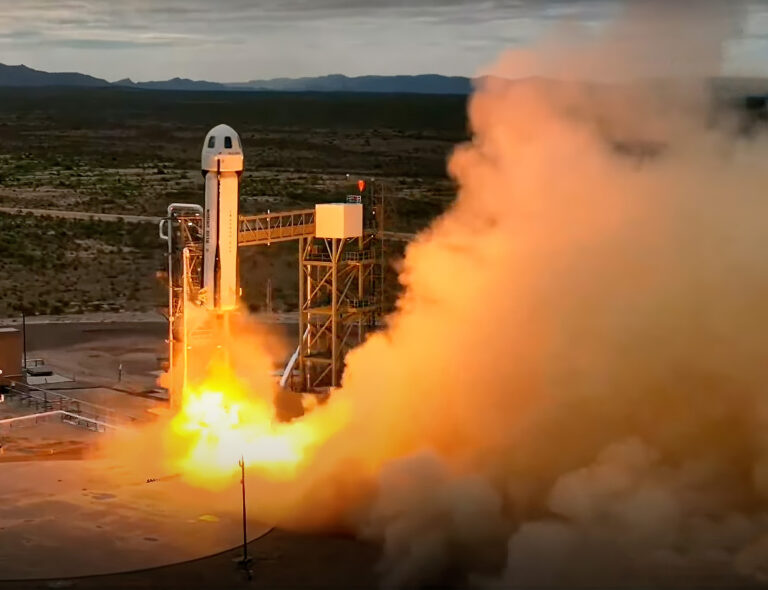
Key Takeaways:
- Gilmour Space Technologies has announced an earliest launch window of July 16 for its Eris rocket, Australia's first domestic orbital launch attempt, following a July 2 postponement due to weather and regulatory notice requirements.
- Last week featured two uncrewed launches: China's Long March 4C deploying the Shiyan 28 B-01 technology demonstration satellite, and Russia's Soyuz 2.1a launching the Progress 92 cargo spacecraft to the International Space Station.
- The only confirmed launch for the current week is SpaceX's Falcon 9 mission on July 8, slated to deploy a further batch of Starlink satellites into low Earth orbit.
- Anticipated future launches include India’s GSLV Mk II carrying the NISAR Earth-observing satellite, United Launch Alliance’s Vulcan with the USSF-106 payload, and the potential launch of Gilmour’s Eris.
Gilmour Space Technologies has officially announced that the earliest available launch window for its Eris rocket is no earlier than (NET) July 16. The launch was postponed on July 2 due to adverse weather conditions. The company confirmed the updated launch window on July 3, citing Australia’s regulatory requirement for a two-week notice to the Civil Aviation Safety Authority, as well as a continued watch on weather conditions.
The mission will be the first Australian-made orbital launch attempt ever conducted from Australian soil, and the first flight of Gilmour’s hybrid-fueled, three-stage Eris rocket. The 75-foot (23 meters) vehicle is designed to carry small satellites to low Earth orbit and represents a major leap forward for the Southern Hemisphere’s presence in the commercial launch market.
Launch Recap: A Progress in orbit and a quiet Shiyan
Two uncrewed missions lifted off last week, extending longstanding national programs in low Earth orbit.
On Thursday, July 3, at 5:35 a.m. EDT, China launched a Long March 4C rocket from Jiuquan, carrying the satellite Shiyan 28 B‑01. The Shiyan (meaning “experiment” in Chinese) series is a broad category used for technology demonstrations. According to Xinhua, the satellite will mostly be used for “space environment exploration and related technology tests.” The satellite was confirmed to have reached orbit successfully.
Later that same day, Progress 92 launched aboard a Soyuz 2.1a rocket from Baikonur Cosmodrome, bound for the International Space Station (ISS). The Russian cargo spacecraft delivered 2.5 metric tons of supplies, including food, fuel, and oxygen, successfully docking with the ISS July 5th. This marked the 184th Progress mission since the series debuted in 1978. The spacecraft, a long-proven variant of the crewed Soyuz, continues to anchor Russia’s resupply efforts in orbit.
Only Launch This Week: Starlink sails on
SpaceX is expected to carry out the only confirmed launch of the week, flying Starlink Group 10‑28 aboard a Falcon 9 from Cape Canaveral. Liftoff is scheduled for Tuesday, July 8, at 1:48 a.m. EDT. The mission will add another batch of Starlink satellites to the company’s expanding low Earth orbit constellation.
Looking Ahead: Gilmour, GSLV, and Vulcan on deck
Beyond Starlink, the next few weeks may bring some highly anticipated launches. India’s GSLV Mk II is preparing to fly NISAR, a joint NASA-ISRO Earth-observing satellite. United Launch Alliance’s Vulcan may also return to the pad for its second flight, carrying the USSF-106 payload for the U.S. Space Force. And if all goes well with range approval, Gilmour’s Eris may finally light up the Queensland coast as early as July 16.
We’ll be watching closely to see which of these NET July missions locks in a liftoff next.









